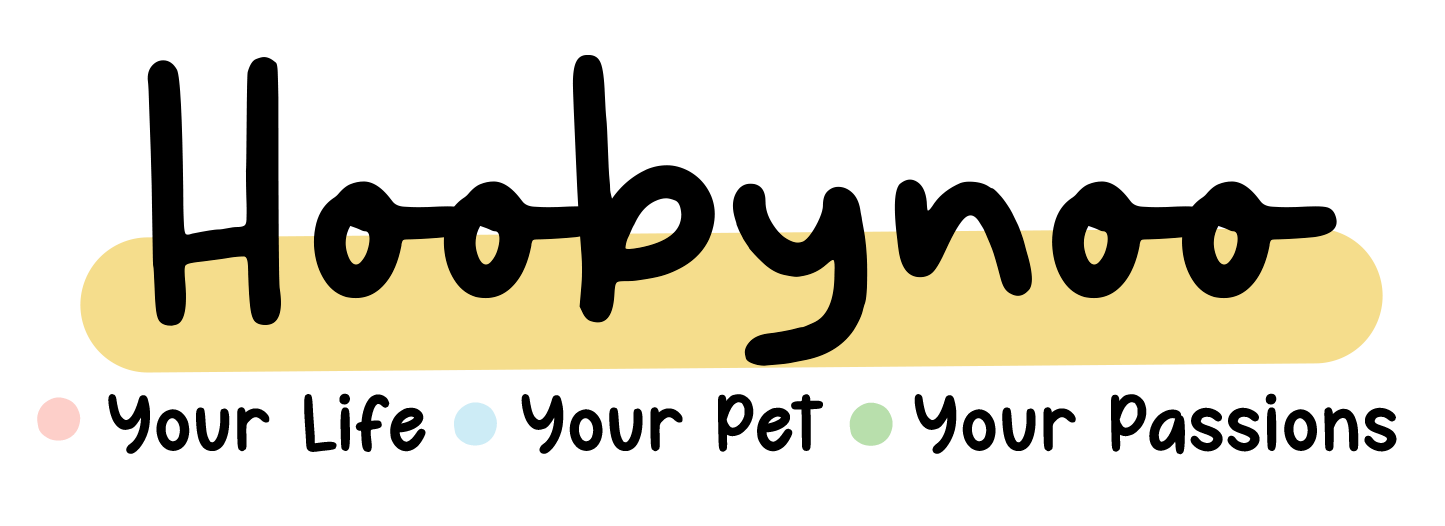Does your dog have a toothy grin that pops out when they are relaxed? This could be an 'underbite' which is fairly common among dogs. However, depending on the severity of the 'grin' could have underlying health problems.

Some people love dogs with an underbite. As humans we find showing the lower bottom teeth as an adorable or ugly-cute trait.
What is an Underbite?
The way a dog's teeth should line up together is called a 'scissor bite'. A dog who's teeth don't quite fit straightly together, and the bottom jaw's teeth protrude further than the upper jaw has what is called an underbite, also known as Canine Malocclusion.
This is a feature most often seen in short muzzled dogs like pugs, terriers, cavaliers, shih-tzu, boxers and bulldogs, however any mix breed dog with a parent from a breed that is known to develop an underbite has a greater likelihood of inheriting an underbite.
Is an Underbite Healthy for my Dog?
In humans it is easy to see if we have developed an underbite. In dogs however it is a little harder to see from what is 'normal' as a dogs jaw is different to our own. The way you can tell if your dog has an underbite is when they are most at rest and relaxed as their bottom teeth will poke out from under their lips.
If your dog has no issues with chewing solid foods, and they can move their jaw comfortably and bite well enough, then there is nothing to worry about. As noted earlier this is a fairly common trait in dog breeds with short muzzles and 'flat faces'.
Does this mean that an underbite has underline health issues?
There are several different forms of Canine Malocclusion:
Dental Malocclusion - where the teeth are jagged and lay at a crooked angle.
Skeletal Malocclusion - this is seen in pedigrees usually in a short muzzled breed (but can also occur in long snouted breeds like sight hounds), where the lower jaw is longer than the upper jaw due to a skull abnormality resulting in the two jaws not lining up properly.
However, any breed of dog can develop an underbite. This can occur when a pups baby teeth have fallen out and a new set start to develop at an angle. This is typically around the 10 month marker. For a dog who has breeds that typically develop an underbite, this should not affect the dog.
An underbite can also develop due to a physical trauma.

How can I tell if my Dog is in Pain from an Underbite?
If a dog develops Dental Malocclusion there could be a few problems for the pup. Such as tooth-to-tooth-contact or tooth-to-gum-contact where there shouldn't be. This is due to bad teeth alignment and can affect a dog's normal mouth functions such as eating, chewing, cleaning and biting as this unwanted contact can cause a dog much distress.
This unusual teeth placement can cause unseen issues such as cuts to the dog's lips, cheek tissues and may cause mouth ulcers, infections and tooth decay. A vet should notice any problems in a check up. They will then determine if further action is required.
- A dislike of their face being touched.
- Blood in Saliva.
- A Difficulty Eating or Drinking.
- A Struggle Swallowing Solid Foods.
- Rubbing their head.
- Extremely Bad Breath.
Can Canine Malocclusion be Fixed?
The vast majority of skeletal malocclusion requires no treatment. This is also the same for dental malocclusion, it is only if it causes a sever risk to the dog - such as bad teeth formation or an underlying dental issues that cause the dog pain that further action should be taken. Your vet will be able to advise you if this is the case when your dog has a check up.

It has also been noted that some puppies that developed an underbite in their early years 'grow' out of it as their face and jaw begin to take form as they develop into dogs. Although it varies from breed to breed, a dog's facial alinement is often determined around 10 months of age.
Possible Treatments for Underbite in Dogs:
- Removal of teeth.
- Oral Surgery.
- Orthodontic Appliance.
These are costly treatments however and should only be taken forth if it has been prescribed by your vet. It may require outside treatment from a dog dental specialist or an animal orthodontist rather than your vet.
Sources:
https://www.petmd.com
https://thehappypuppysite.com
https://thebark.com
https://www.dogster.com
https://www.buzzfeed.com










